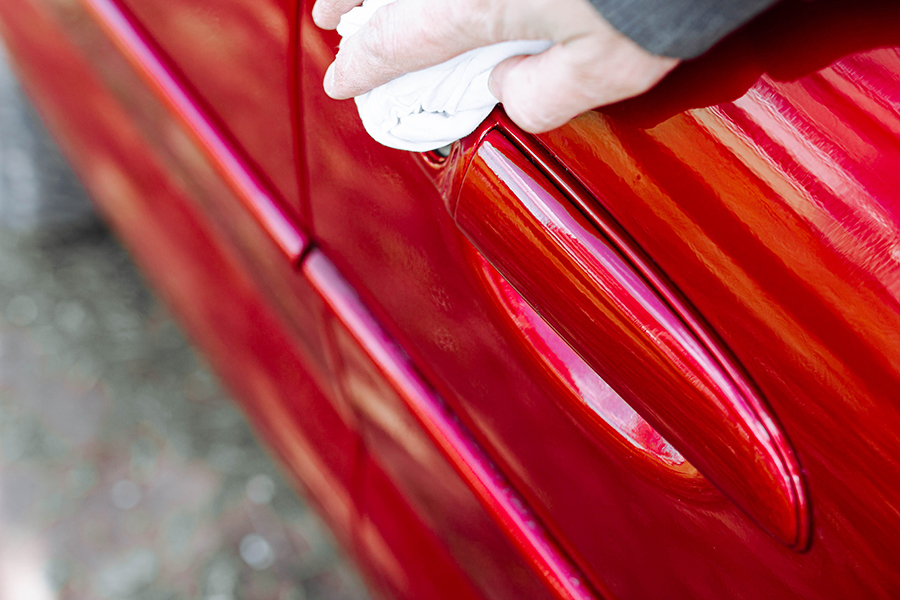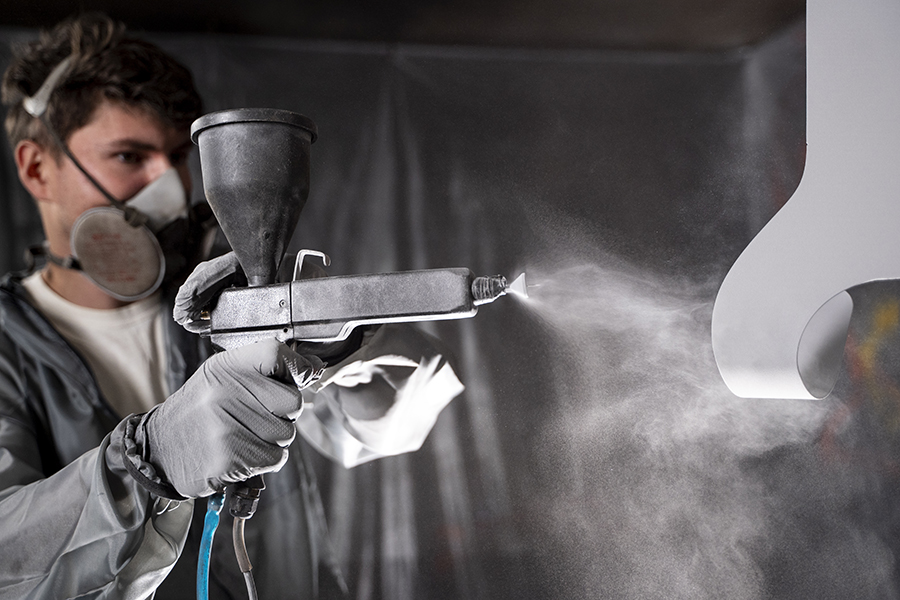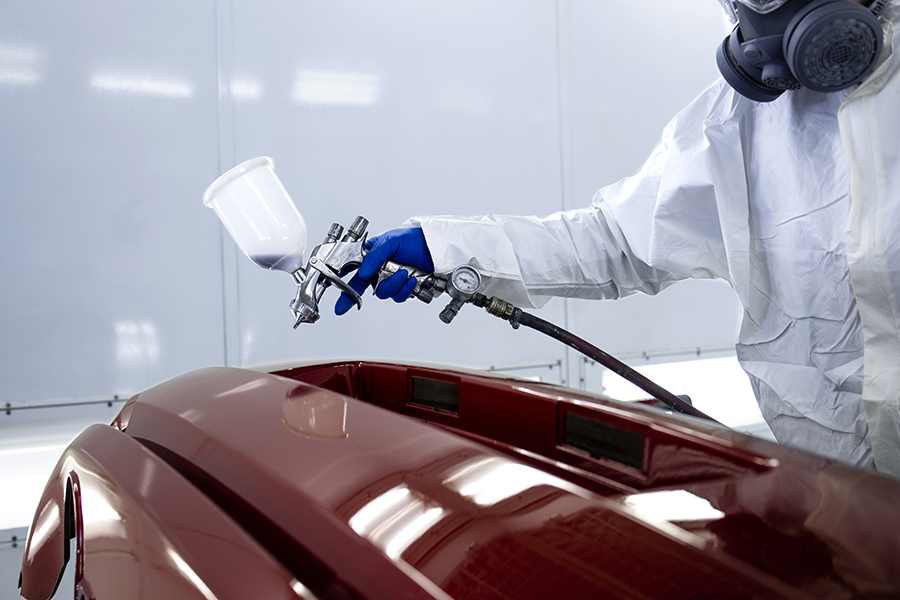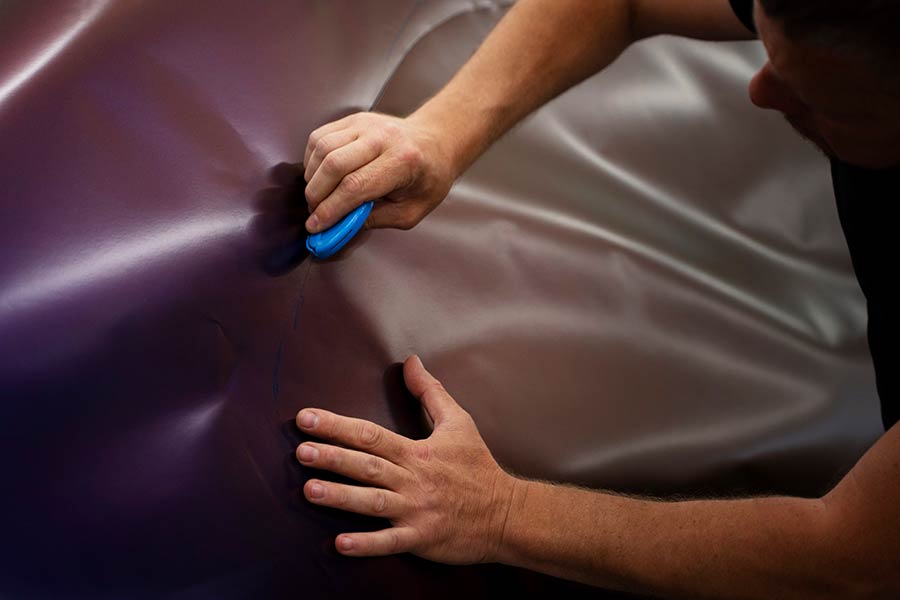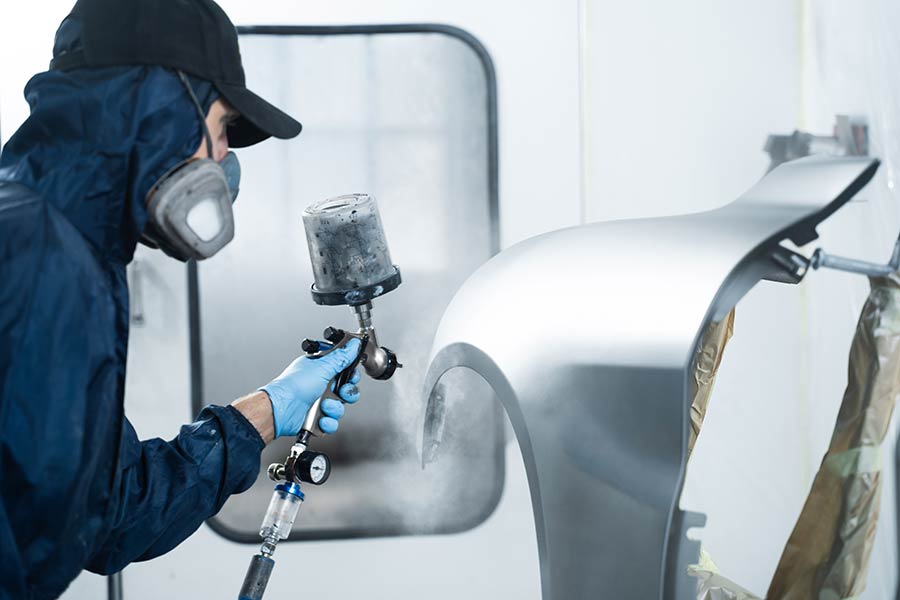Did you know that nearly 70% of cars have paint chips within the first year? Auto paint chip repair is a game-changer. Those pesky chips can make your car look like a beat-up jalopy. I get it, life happens, and those little dings and scratches are just part of the ride. But fixing them doesn’t have to be rocket science. With some simple tips and tricks, you can make your car shine like new. Let’s dive in and explore how easy it is to tackle those annoying paint chips head-on.
Key Takeaways
- Identify Damage: Know what paint chip damage looks like to address it quickly.
- DIY Steps: Follow simple steps to fix chips yourself if they are small.
- When to Call a Pro: Seek professional help for big or deep chips.
- Protect Paint: Use wax or sealants to shield your car from future damage.
- Cost-Effective Fixes: Try easy solutions like touch-up kits for minor chips.
- Regular Maintenance: Regularly check and maintain your car’s paint to keep it looking new.
Understanding Paint Chip Damage
Causes of Paint Chips
Road debris is a major cause of paint chips. Small rocks and gravel can hit cars while driving. These impacts leave tiny marks on the vehicle's surface. Weather conditions also play a role. Hail can pound on the car, causing chips. Extreme temperatures make the paint expand and contract, leading to cracks. Poor-quality paint or previous repairs might not hold up well. They chip more easily than high-quality finishes.
Types of Paint Damage
Paint damage comes in different forms. Scratches are thin lines on the surface. Chips are small holes missing paint. Dents involve deeper damage to the metal underneath. The severity varies. Minor damage just affects the top layer of paint. Major damage exposes the metal beneath. Rust becomes a problem when metal is exposed to air and moisture. It spreads quickly and weakens the car's structure.
Impact on Vehicle Value
Visible paint damage affects a car's resale value. Buyers notice chips and scratches right away. They may think the car wasn't cared for properly. This perception lowers their interest in buying it. Repair costs add up over time. Fixing minor chips now prevents bigger expenses later. If ignored, rust and further damage will require costly repairs.
Steps for Paint Chip Repair
Gather Necessary Tools
You will need some tools to fix paint chips. Essential items include sandpaper, primer, and touch-up paint. Safety gear is also important. Wear gloves and masks to protect yourself. A clean cloth and rubbing alcohol help clean the area.
Clean and Prepare Surface
Wash the chipped area thoroughly. This removes dirt and grime. Use a degreaser to eliminate wax and oils. It's crucial to dry the surface completely before painting. This ensures the paint sticks well.
Apply Touch-Up Paint
Use a fine brush for precision when applying touch-up paint. Apply multiple thin layers for the best results. Avoid putting too much paint at once. This prevents drips and uneven surfaces.
Finishing Touches
Sanding lightly between coats makes the surface smooth. After painting, apply a clear coat for protection. Finally, polish the area for a seamless finish. This step makes the repair look professional.
DIY vs Professional Repair
Pros of DIY Repair
DIY repair can save money. Professional services can be expensive. Doing it yourself means you only buy the materials. You don't pay for someone else's time.
Fixing paint chips at home is convenient. There’s no need to schedule a visit or leave your car at a shop. You can work on it whenever you have free time.
DIY repair helps you learn new skills. It’s a chance to understand more about cars and paintwork. This experience can be useful in the future.
Benefits of Professional Service
Professionals have expertise and experience. They know how to fix paint chips properly. Their training helps them avoid mistakes.
They use high-quality materials and equipment. This ensures a better finish that lasts longer. Professionals often have access to tools that DIYers don’t have.
Services usually offer warranties or guarantees. If something goes wrong, they will fix it without extra cost. This provides peace of mind for the car owner.
Cost Comparison
DIY repair is cheaper upfront. The average cost for DIY might include just the paint kit, which can range from $20 to $50. However, professional repairs can cost $150 or more.
DIY methods may have hidden costs. Mistakes can lead to buying extra materials or needing professional help later.
Protect Your Car's Paint
Use Protective Coatings
Ceramic coatings provide a strong shield for your car. They add durability and shine to the paint. Wax is another option. It offers simple protection against scratches. Both methods help in maintaining the car’s appearance. UV protection is also important. It prevents the paint from fading under the sun.
Regular Maintenance Tips
Regular washing helps keep your car clean. It prevents dirt buildup that can harm the paint. Routine inspections are crucial too. They allow you to spot early damage before it worsens. Keeping your car garaged protects it from harsh weather. This reduces exposure to rain, snow, and sun.
Avoid Common Hazards
Parking under trees may seem convenient, but it's risky. Sap and bird droppings can damage the paint. Gravel roads pose another threat. They can chip the paint with flying stones. Construction zones are also hazardous. Dust and debris can scratch the surface easily.
Easy Paint Chip Solutions
Quick Fix Products
Paint pens are handy for minor touch-ups. They come in many colors. You can find them at auto stores. Scratch remover kits help with small damages. These kits include everything you need. They work well on light scratches.
Spray cans are convenient for larger areas. They cover more space quickly. You should use them in a well-ventilated area. Follow the instructions for the best results.
Home Remedies
Toothpaste can remove minor scratches. Use a soft cloth to rub it gently. This method works because toothpaste is slightly abrasive.
Baking soda paste is another option. Mix baking soda with water to make a paste. Apply it to the scratch and rub gently. It helps smooth out the surface.
Nail polish can be a temporary fix for small chips. Choose a color that matches your car's paint. Apply it carefully to cover the chip.
When to Seek Help
Consulting a professional is wise for deep or widespread damage. Experts have the tools and skills needed. They ensure your car looks like new again.
Rust is a sign you need help. It can spread and cause more harm if ignored. A professional can treat rust properly.
Color matching issues require expert assistance too. Professionals match your car's paint perfectly. This ensures repairs blend seamlessly with the rest of the car.
Closing Thoughts
Paint chips are a bummer, but fixing them doesn't have to be a big deal. You've learned the ropes—from understanding the damage to choosing between DIY and professional fixes. It's all about keeping your ride looking sharp and protecting that sweet paint job. Whether you're tackling it yourself or calling in the pros, you've got the know-how now.
What's next? Dive in and give your car some love! Try out those easy solutions and see the difference. And hey, share this wisdom with fellow car lovers. Together, you can keep those wheels gleaming and road-ready. Got questions or need more tips? Reach out and let's chat! Your car deserves the best, and so do you.
Frequently Asked Questions
What causes paint chips on cars?
Paint chips often happen due to small rocks or debris hitting your car while driving. It's like getting a tiny ding from a pebble thrown by the road. Weather and temperature changes can also make the paint more prone to chipping.
Can I repair paint chips myself?
Absolutely, you can! DIY kits are available and pretty straightforward. It's like doing a little touch-up painting at home. Just follow the instructions carefully, and you'll have those chips covered in no time.
How do professionals repair paint chips?
Professionals use specialized tools and techniques for a seamless finish. They might sand, prime, and paint the area for a perfect match. It’s like giving your car a mini spa day for its exterior.
Is it worth paying for professional paint chip repair?
If you're after perfection or have deep chips, yes, it's worth it. Think of it as investing in your car's beauty and value. Professionals ensure the repair blends flawlessly with the rest of your vehicle.
How can I protect my car's paint from future chips?
Consider applying a clear bra or ceramic coating. It’s like putting an invisible shield over your car. Regular washing and waxing also help maintain the paint’s integrity against everyday wear and tear.
Are there easy solutions for minor paint chips?
Yes, there are quick fixes! Touch-up pens or kits work well for small chips. It's like using a magic marker to erase imperfections. These solutions are convenient and keep your car looking sharp.
What's the difference between DIY and professional repairs?
DIY is cost-effective but may not be flawless. Professional repairs cost more but offer expertise and precision. It’s like choosing between cooking at home or dining out; both fill you up, but one might taste better!
